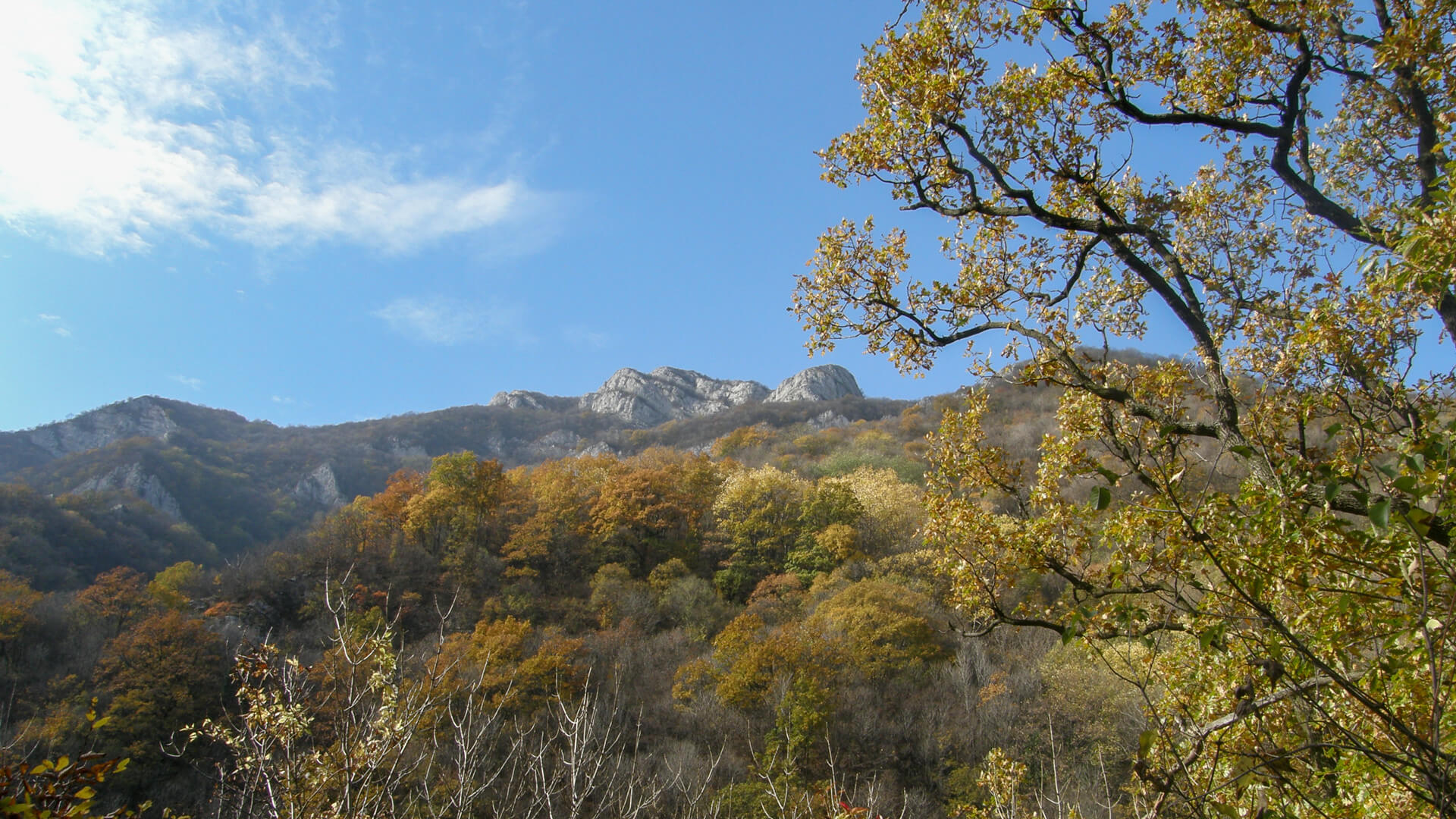Zones with various regimes of protecting objects of nature, cultural monuments, fauna and vegetation of relict species, confirming the evolution of vegetation series ever since our creation up to modern time, spread across the surface of 63.786,48 hectares along 100 km of the right bank of the Danube, starting from Golubac all the way to Karatas at Kladovo.
About the Park
A combination of weather and nature of the mainland and water, biggest national park in Serbia, Djerdap National Park, is located in the northeastern part of Serbia, on the very border with Romania.
The largest in Serbia
Djerdap National Park is also known as a riverside national park, considering that an important part of Djerdap consists of the Danube, and the biggest and longest breakthrough gorge in Europe, wondrous Iron Gate, wild botanical garden and largest European archaeological museum in nature.

Declared in 1974.
Djerdap Gorge and the natural area surrounding the gorge, as well as the environment, with exceptional cultural and historical values, pertinent natural ecosystems of great value and rare quality, judging by their content; objects of original flora and fauna and well preserved forests with natural growth and remarkable appearance, have been under protection ever since 1974 as Djerdap National Park.
Basic natural phenomenon of the Djerdap National Park area is the grandoise Djerdap Gorge, longest and largest breakthrough gorge in Europe. Its special wholes are three valleys of the canyon and ravine types: Golubac valley, ‘Gospođin vir’, ‘Veliki Kazan’ and ‘Mali Kazan’ canyons, as well as three basins being: ‘Ljupkovska kotlina’, ‘Donjomilanovačka kotlina’ and ‘Oršavska kotlina’.
Specific historical development, very favourable Djerdap climate, complex network of gorges, canyons and deep ravines, distinguish this area as the unique European reservation of tertiary flora, vegetation and fauna.
In the area of the National Park there are over 1,000 herbal species and subspecies. Djerdap flora is not only known by its versatility and abundance, but also by its exceptional relict character. Regarding the elements of woody flora, there are Turkish hazel, hackberry, walnut, lilac, silver linden, field maple, downy oak, and special value is held by forest and shrub communities.
Versatility of habitat and communities also reflects on fauna which, like flora, is characterised by its relict properties. In this area, you can find deer, lynx, wolf, jackal, golden eagle, Eurasian eagle-owl, black stork and many other species.
Very favourable living conditions have been the reason for permanent human presence which is proved by a number of archaeological findings and cultural and historical monuments, such as: ‘Lepenski vir’ settlement, archeological sites such as Diana, Golubac ancient city, remains of Trajan’s road, Tabula Traiana, Roman Limes, various forecastles, up to preserved samples of folk Slavic architecture.














